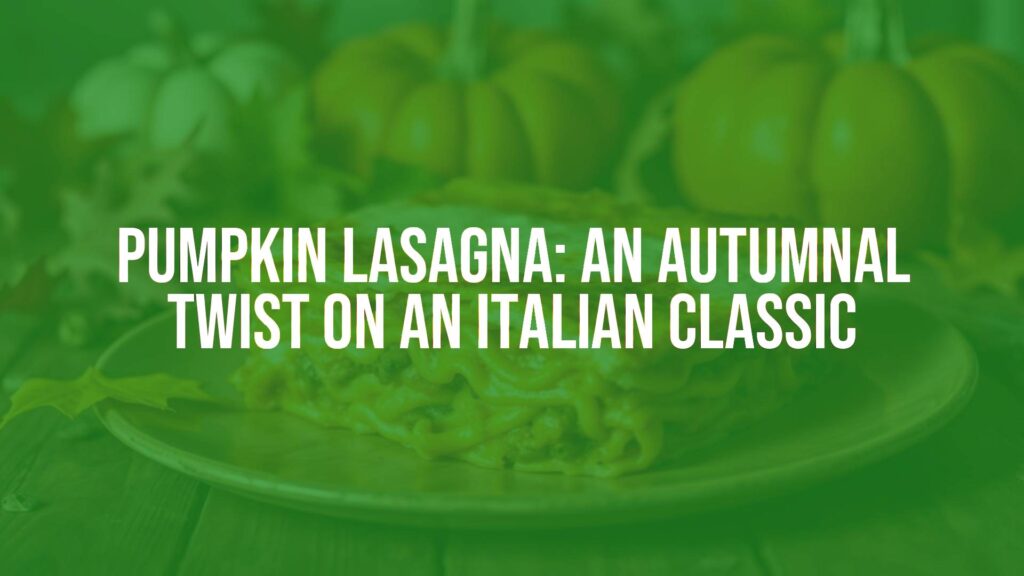Pumpkin Lasagna: A Celebration of Seasonal Italian Flavor
Distinctive Qualities and Culinary Appeal
Pumpkin lasagna, or “lasagna di zucca” in Italian, is a captivating reinterpretation of the iconic baked pasta dish that highlights the sweet, nutty essence of pumpkin. Unlike the traditional meat-based or spinach-infused lasagnas, this variation substitutes layered roasted or puréed pumpkin for the usual ragù or béchamel, producing a vibrant and subtly sweet flavor profile. The resulting dish offers a creamy texture interlaced with the gentle bite of lasagna sheets and the savory depth of cheese, combining autumnal comfort with Italian sophistication.
Origins and Evolution
While lasagna has ancient roots, originating from Emilia-Romagna in Northern Italy, the use of pumpkin leans into both regional agricultural abundance and seasonal tradition. Pumpkin lasagna has become particularly popular in areas such as Lombardy and Veneto, where pumpkins are widely cultivated and form the basis of many beloved autumn and winter dishes. This flavorful adaptation emerged as Italians sought ways to use local produce creatively, transforming classic recipes with ingredients that reflected their environment and the rhythms of the harvest.
Core Ingredients and Their Roles
The hallmark of pumpkin lasagna is the incorporation of sweet pumpkin—typically roasted or steamed, then mashed or pureed to become a luscious filling. Standard ingredients include layers of fresh or dried lasagna sheets, creamy béchamel sauce (or in some variations, ricotta or mascarpone), and a selection of Italian cheeses such as Parmigiano Reggiano or mozzarella. Herbs such as sage or thyme are often added to complement the natural sweetness of the pumpkin, lending aromatic complexity to the dish. Some versions include a hint of nutmeg or even amaretti biscuits to accentuate the earthy-sweet character.
Variants and Adaptations
Across Italy—and in modern kitchens worldwide—pumpkin lasagna invites experimentation. Some cooks blend pumpkin with spinach, mushrooms, or sautéed leeks for added depth, while others enrich the filling with sautéed onions or garlic. Vegan adaptations often replace dairy-based béchamel and cheese with plant-based alternatives, while gluten-free versions use suitable pasta substitutes. Depending on preference, the dish can be assembled as a multi-layered bake or a lighter, single-layered gratin.
Serving Styles and Pairings
Pumpkin lasagna is typically presented as a main course during autumn and winter gatherings, valued for its hearty, comforting character and festive appearance. It pairs beautifully with a simple green salad, crusty bread, or roasted root vegetables. For wine, a medium-bodied white like Soave or a light red such as Pinot Noir balances the dish’s sweetness and richness. Pumpkin lasagna can also be enjoyed as a vegetarian centerpiece for holiday meals, lending itself to both intimate dinners and festive celebrations.
Conclusion
Blending seasonal ingredients with beloved Italian tradition, pumpkin lasagna exemplifies the adaptability and creativity at the heart of Italian home cooking. Its golden layers and delicate flavors make it a memorable addition to any autumn table, offering warmth, nourishment, and a taste of culinary heritage with every bite.

